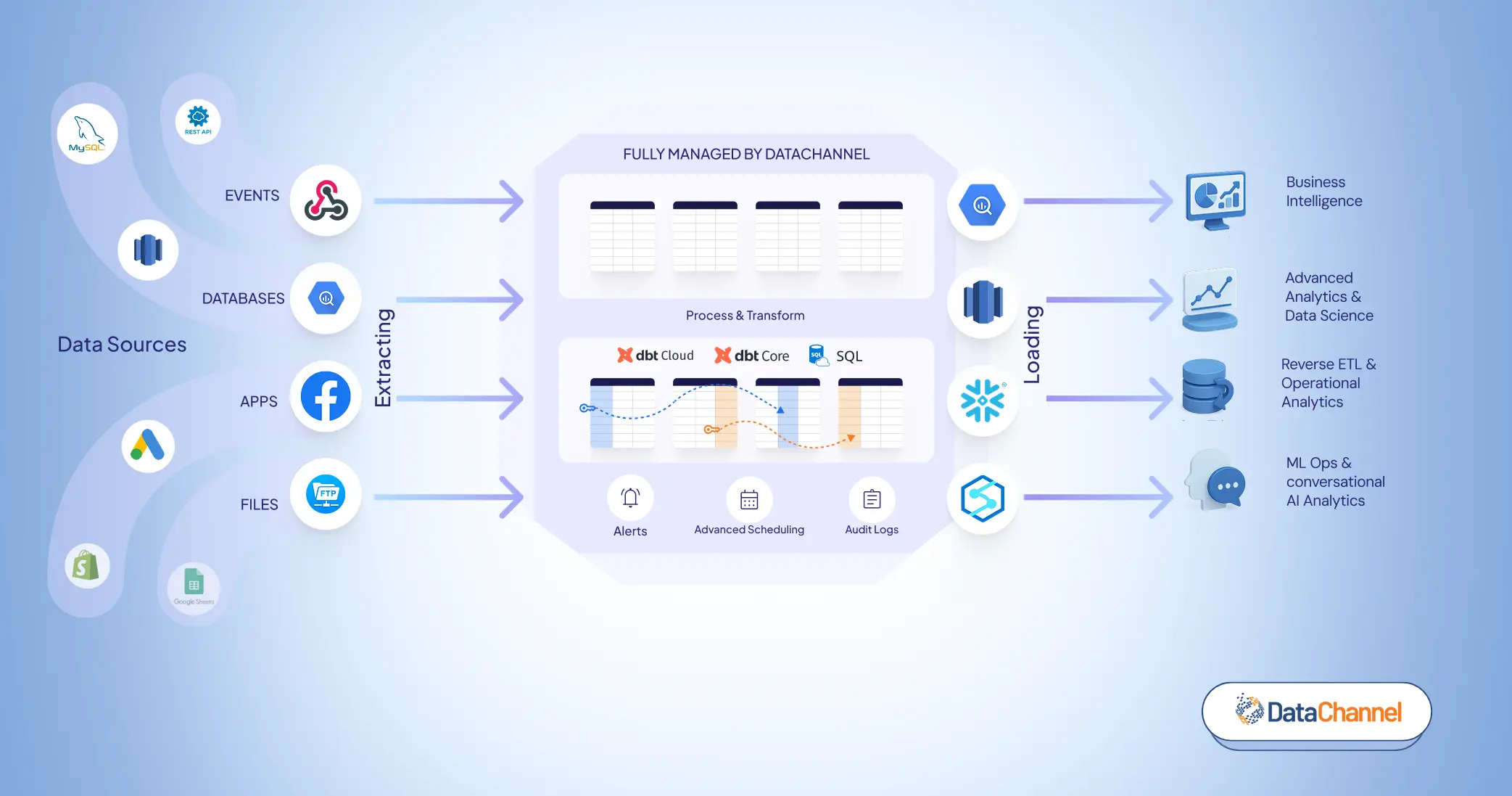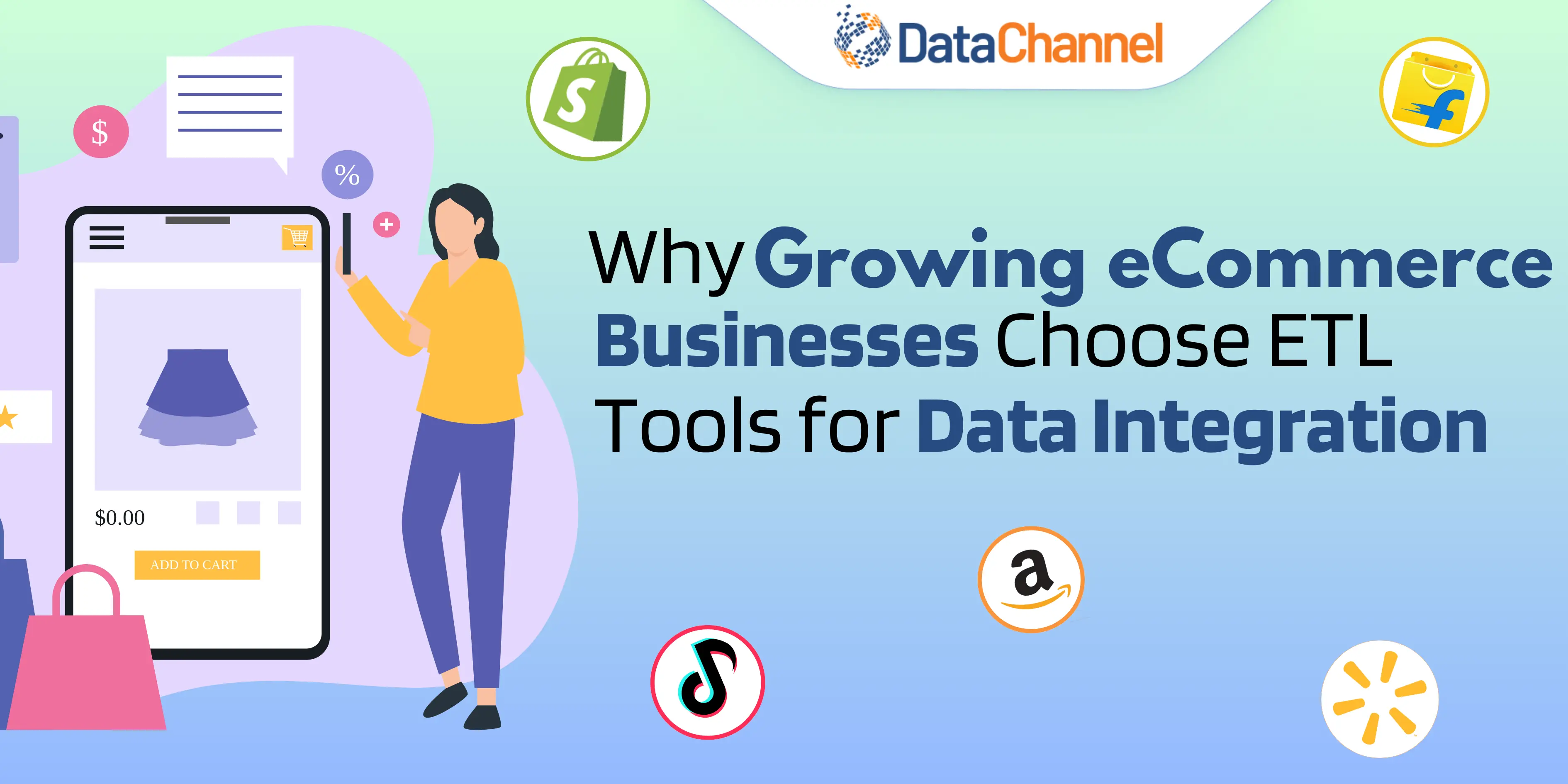
How Data Aggregation Tools are Helping Businesses Build Analytics Strategy
In today’s data-connected world, the variety of available data sources provide organizations and data scientists with an overwhelming amount of data. However, as a data scientist, are you able to extract useful insights from the massive volumes of business data or is it still a challenge?
With a robust and effective data analytics strategy, raw data can be collected from multiple sources – but needs to be transformed to aggregate data that can answer analytical questions for your business and provide a well-formed statistical analysis.
This is possible with the help of data aggregation.
Data Aggregation – The Step between Raw Data and Analysis

What is data aggregation?
Data aggregation is the process of collecting, searching, and presenting raw data in an easy-to-understand report-based format. The data may be collected from one or multiple sources, which is then combined into a summary for data analysis.
Why is data aggregation necessary?
To a large extent, the accuracy of business insights – as a product of data analysis – relies on data aggregation. It is extensively used in functional areas including risk management, measuring Key Performance Indicators (KPIs), business strategy decisions, marketing strategies, budget allocation, and product development strategies.
Several cloud-based applications are also in popular use today, from CRM platforms like Salesforce to various marketing automation platforms . These platforms are helping Business leaders to track their campaigns and spends, as well as customer interaction for product and user analytics across multiple channels. In this digital age, there are various ways to approach potential customers, and engage them through personalised content using data.
For example, an eCommerce company can use aggregated data on online shoppers – including statistical data on their demographics and behavioural metrics like average number of online transactions. This aggregated data can then be used by the digital marketing team to send personalized offers that enhance the shopper’s digital experience and promotes conversions.
Similarly, data aggregation is used in the retail industry for competitive price monitoring. Retail companies gather regular information about their competitors’ product pricing, offerings, as well as any of their promotion or expansion plans. In addition to the competitor’s website, this data must be aggregated from all relevant sources to aggregate accurate information.

Creating a Robust Strategy For Data Analytics and Business Intelligence
Efficient analytics can be challenging for many organizations and a lot of them usually fail in their first major initiative.
So where do they fall short? Companies usually try to figure out valuable business insights – simply through data analytics. Data can be very elusive when it comes to discovering real business opportunities and achieving desired outcomes that can benefit their customers, employees, and other stakeholders.
Develop a data analytics strategy – combined with business intelligence (BI) – to drive your decisions. Based on a true story, the 2011 movie, “Moneyball” is based on leveraging performance-based intelligence and analytics to sign up the right baseball players.
For maximising your leverage from analytics, you also need to switch to an “analytics-driven culture” and establish key processes where decision-makers in your organization are adept to make analytics-based decisions. A data analytics platform can make it easier to develop a streamlined approach for the entire organization.
When combined with data analytics, BI tools like Tableau or Power BI provide you with an easy-to-understand visual dashboard with deeper insights into your business data. The fully integrated platform leverages your existing data strategy and offers complete flexibility in the deployment of data sources. With a 587% ROI reported by Tableau customers, clearly, it helps your business.
How do you develop an effective analytics strategy? Here are some key steps:
- Define what data analytics and BI really mean to your organization. Ensure that your entire team uses the same technical terms and in the same context
- Define the critical business problems that you are trying to solve BI and data analytics.
- Identify the analytics and visualization tools you need.
- Integrate your data analytics with cloud-powered data warehousing solutions like Amazon Web Services (AWS) and Amazon Redshift. While Amazon Redshift helps you derive new insights from diverse datasets, AWS provides safe cloud storage – along with the ability of running your web application instances on a dynamic and scalable platform.
5 Factors for Choosing The Right Data Aggregation Tool
How do you choose the right data aggregation tool? Here are 5 key factors to consider:
Maintaining Data Accuracy
For effective data aggregation, your tool must derive accurate and reliable insights – in addition to aggregated data. Among all its capabilities, the data aggregation platform should be:
- Customer-centred meaning the ability to monitor factors that initiate online conversations or leads.
- Able to filter out junk data coming from referral spam or ad blocks without interfering with your business operations.
- Provide automatic data sampling and allow the user to control the level of sampling.
Integrating With Other Tools & Data Sources
As an integral part of your IT infrastructure, data aggregation tools must be able to integrate with existing tools with minimal disruption to business operations.
With efficient integration sockets, your data aggregation tool should enable easy data and application migration when needed. For instance, you can integrate a CRM tool like Salesforce into a running online campaign – to get the updated marketing data for clarity.
Other popular data sources that must be supported include LinkedIn, Google Analytics, and Mail Chimp.
Capturing Business Requirements
A well-designed data aggregation platform must be able to capture a wide range of business requirements including enhancing business profits or gaining a market advantage. By including KPIs in the platform, you can easily visualize and understand business policies – from a single location.
Being User Friendly
The more compatible your data aggregation platform is with different devices, the more effective it is. Also, with the future of work moving towards BYOD (Bring Your Own Device), multi-device compatibility is one of the must-have features for aggregation tools.
The best case is a tool that can be used by just anyone, even those without any coding/technical knowledge.
Integrating with data storage providers
Your data aggregation tool must also integrate easily with data storage platforms like Google BigQuery and Amazon Redshift – that provide efficient levels of scalability, usability, and easy retrieval. Whether you are using cloud-based or internal storage, data storage is an important factor to consider while building a data aggregation platform.
Find out more about ETL best practices to follow while going for data integration.

Conclusion
Data aggregation paves the path for maximum utilization of business data and the effective implementation of analytics strategy. With the right data aggregation tool like DataChannel, businesses can seamlessly implement their first analytics initiative and make business-enhancing decisions backed up by data insights.
Try DataChannel Free for 14 days










